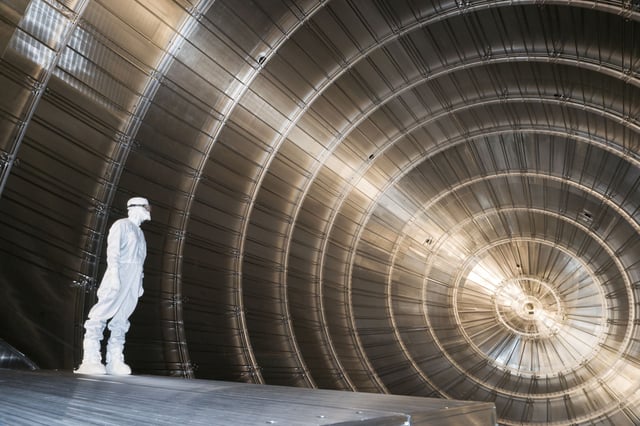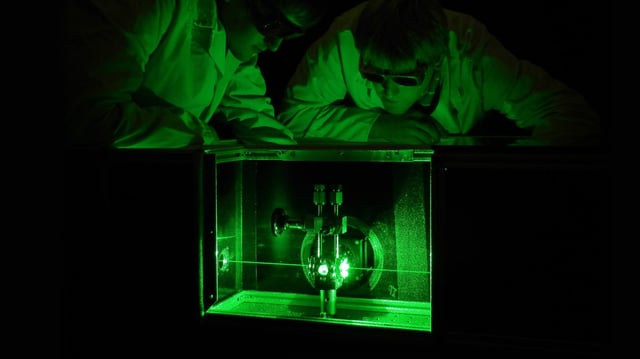Overview
- The KATRIN experiment has established an upper limit of 0.45 electronvolts for the neutrino mass, refining previous measurements by nearly a factor of two.
- This milestone was achieved through the analysis of 36 million electrons collected over 259 days using tritium beta decay to determine neutrino mass kinematics.
- KATRIN's next goal is to enhance sensitivity to 0.3 eV by the end of its 1,000-day campaign, with data collection continuing through 2025.
- Planned upgrades, including the TRISTAN detector in 2026, aim to explore sterile neutrinos and advance next-generation neutrino mass measurements.
- Understanding the neutrino's mass is critical for particle physics and cosmology, offering insights into physics beyond the Standard Model and the evolution of cosmic structures.

